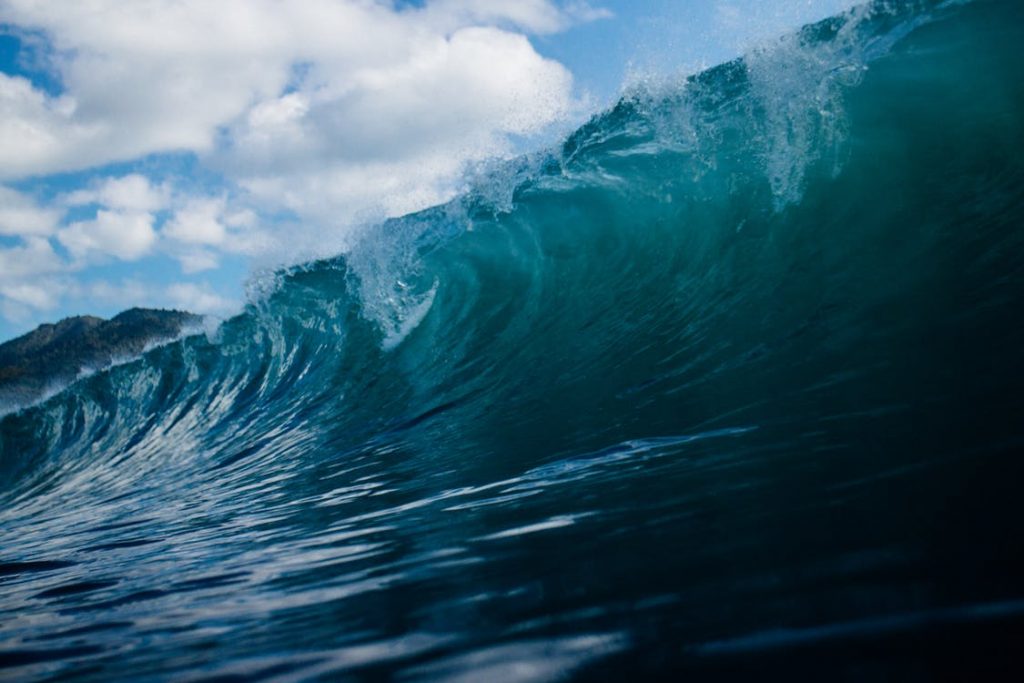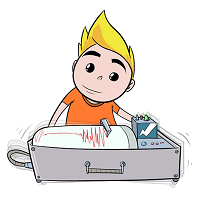
UPDATE 10:10 AM HAWAII TIME: AN 8.0 EARTHQUAKE HAS STRUCK IN THE SAME AREA AS THE EARLIER POWERFUL QUAKES AND A TSUNAMI WATCH IS NOW IN EFFECT FOR HAWAII, WHERE A TSUNAMI COULD STRIKE AROUND 4:35PM TODAY. THIS IS A DEVELOPING SITUATION.
Two powerful earthquakes have rocked the Pacific Ocean near the Kermadec Islands of New Zealand; according to the National Weather Service’s Tsunami Warning Center, while tsunami is possible near the epicenter, a Pacific-wide tsunami is unlikely and there is currently no threat of tsunami to Hawaii or the U.S. West Coast, including California, Oregon, and Washington.
The strong earthquakes kicked-off with a 7.3, followed by a 7.5 just 4 hours later just before 1pm ET this afternoon. The most recent quake struck at 29.8 south, 172.2 west at a depth of about 6 miles.
“Based on all available data, hazardous tsunami waves are forecast for some coasts,” the National Weather Service’s Tsunami Warning Center said in a bulletin. However, they expect the highest waves to be near where the earthquakes have struck around the Kermadec Islands. Tsunami waves of 0.3 to 1 meter above the tide level is also possible for the coasts of the American Samoa, Cook Islands, Fiji, French Polynesia, Kiribati, New Caledonia, New Zealand, Niue, Samoa, Solomon Islands, Tonga, Tuvalu, Vanuatu, and Wallis and Futuna.

“Persons located in threated coastal areas should stay alert for information and follow instructions from national and local authorities,” the Tsunami Warning Center added.
Fortunately for U.S. interests, data suggests there will be no tsunami threat at this time to Hawaii or the west coast of North America.
A tsunami is a series of waves; the time between wave crests can vary from 5 minutes to an hour. The hazard could persist for many hours or longer after the initial wave. Impacts can vary significantly from one section of coast to the next due to local bathymetry and the shape and elevation of the shoreline. Impacts can also vary depending on the state of the tide at the time of the maximum tsunami waves. The Tsunami Warning Center says people caught in the water of a tsunami could drown or be crushed by debris in the water –or swept out to sea, becoming completely lost.
These two earthquakes don’t preclude additional strong earthquakes nor do they preclude future tsunami threats to the region and beyond, including the United States. Should another earthquake or tsunami event unfold, the Tsunami Warning Center will issue alerts to those in the potential impact zones.